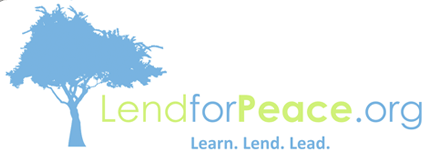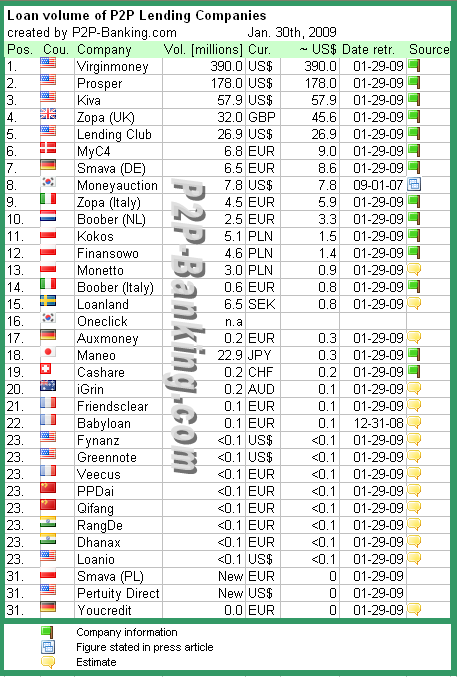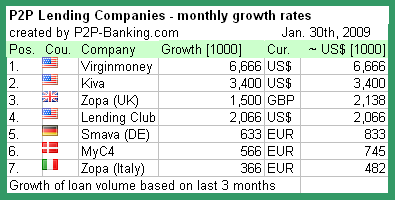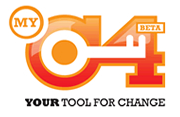That’s the name of a microlending platform, where lenders can lend to palestinian entrepreneurs in the Palestinean territories. I have not used Lendforpeace.org, but from what I read, it works just like Kiva but targets a specific region. Lendforpeace launched 5 days ago. When I looked today there where 8 loan requests in various degrees of funding.
Lendforpeace is a US non-profit organisation founded by 2 Jews and 2 Palestinians: Sam Adelsberg, Andrew Dudum, David Fraga and Al Taj.
Our mission is to use micro-lending to promote economic opportunity and political stability in the Middle East.
At LendforPeace.org you can make a loan directly to a vetted micro-entrepreneur in the West Bank. We work with US government-approved microfinance institutions on the ground to deliver your capital along with training and guidance to low-income individuals who are interested in starting or expanding their own small businesses.
LendforPeace.org is supported by grants from the Clinton Global Initiative, Ashoka Youth Venture, Davis Projects for Peace.
For users with a specific interest in this region Lendforpeace may be an interesting supplement to using Kiva.


 British laws must be very liberal to allow this. In many other European countries interest rates like this would be illegal under consumer protection laws against usury. But Wonga does have a consumer credit licence from the
British laws must be very liberal to allow this. In many other European countries interest rates like this would be illegal under consumer protection laws against usury. But Wonga does have a consumer credit licence from the 


 In Germany p2p lending service
In Germany p2p lending service